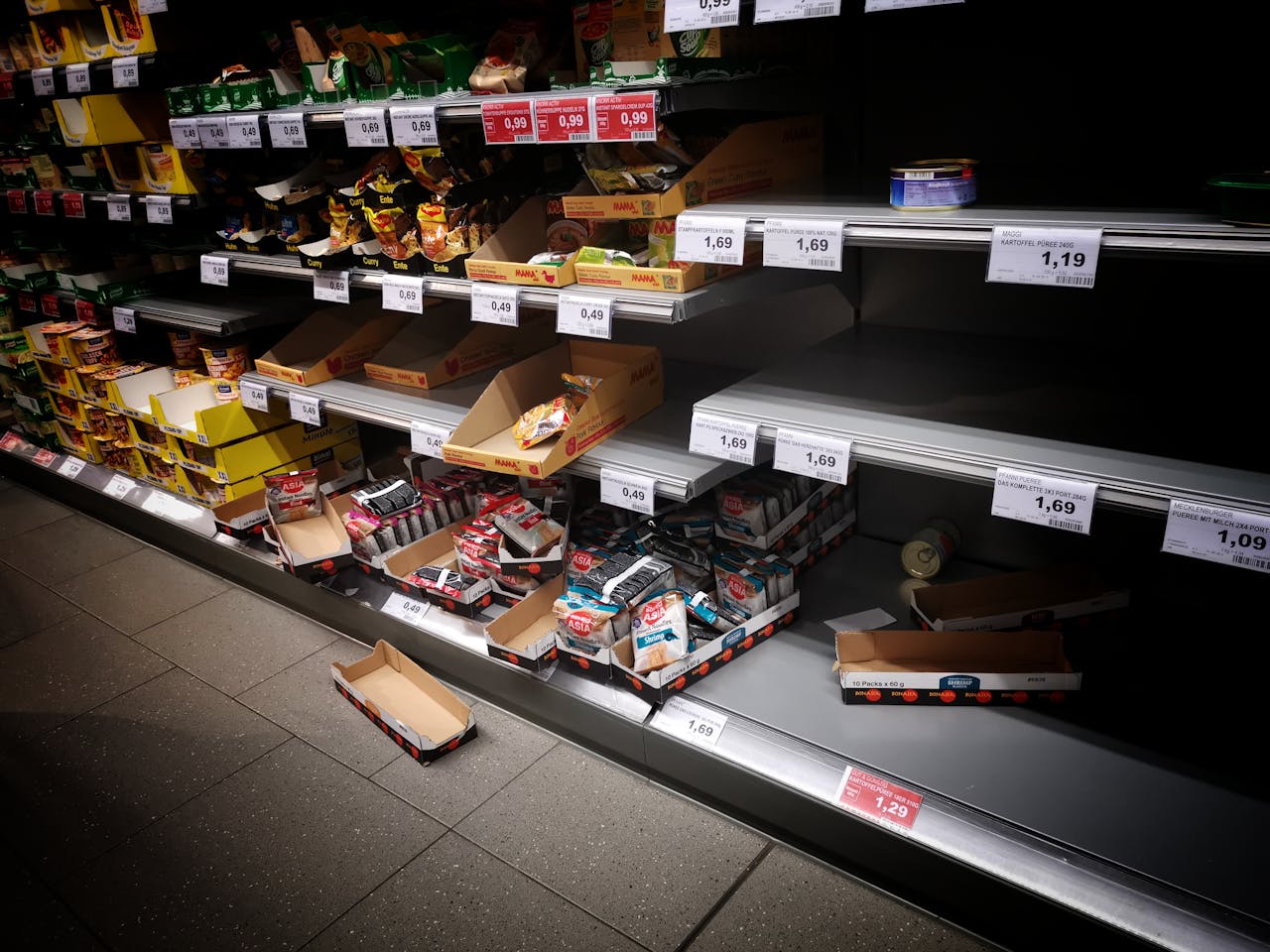Have you ever walked into your favorite grocery store, spotted a “50% off” sign, and felt like you scored a major deal? You’re not alone. Shoppers everywhere are drawn to flashy discounts, but what if those savings aren’t real? Recent investigations have revealed that some grocery chains use fake grocery discounts to inflate profits, leaving customers paying more than they realize. This practice not only erodes trust but also impacts your budget in ways you might not expect. Understanding how these schemes work is crucial for anyone who wants to make smarter choices at the checkout. Let’s break down how fake grocery discounts operate and what you can do to protect yourself.

1. The Illusion of Savings
Grocery chains know that shoppers love a bargain. By marking up prices before applying a “discount,” stores create the illusion of savings. For example, a box of cereal might be labeled as “$4.99, now $2.99,” but the original price was never actually $4.99. This tactic, known as “price anchoring,” tricks customers into thinking they’re getting a better deal than they are. The result? You feel good about your purchase, while the store maintains or even increases its profit margin. This deceptive strategy is more common than you might think, and it’s a key way fake grocery discounts are used to boost profits.
2. Rotating “Sale” Items
Have you noticed that certain products seem to be on sale every week? This isn’t a coincidence. Some grocery chains rotate the same items through “discounts” so frequently that the sale price is actually the regular price. By constantly advertising these items as being on special, stores create a sense of urgency and encourage impulse buying. Shoppers may stock up, believing they’re taking advantage of a limited-time offer, when in reality, the price rarely changes. This approach inflates profits and undermines genuine sales, making it harder for consumers to spot real deals.
3. Misleading Multi-Buy Offers
Multi-buy offers like “Buy One, Get One Free” or “3 for $10” are designed to make you buy more than you need. However, these deals often mask the fact that the single-item price has been increased. For instance, a product that usually costs $3 might be bumped up to $5, making the multi-buy offer less of a bargain than it appears. This tactic is a classic example of fake grocery discounts, as it manipulates shoppers into spending more while believing they’re saving. Always check the unit price to see if the deal is truly worth it.
4. Fine Print and Exclusions
Stores often use fine print to limit the value of their discounts. A sign might advertise “20% off all snacks,” but the small print excludes popular brands or only applies to certain sizes. This can be frustrating for shoppers who expect to save, only to find out at the register that their favorite items aren’t included. These exclusions are a subtle way for grocery chains to appear generous while protecting their bottom line. Reading the details carefully can help you avoid falling for these fake grocery discounts.

5. Price Comparisons That Don’t Add Up
Some grocery chains display “was/now” pricing or compare their prices to competitors, but these comparisons can be misleading. The “was” price may be artificially inflated, or the competitor’s price may be outdated or from a different region. This practice gives the impression that you’re getting a better deal than you actually are. In some cases, regulatory agencies have fined retailers for deceptive pricing practices, highlighting the importance of transparency in advertising.
6. Loyalty Programs That Aren’t So Rewarding
Loyalty programs promise exclusive discounts, but sometimes these “member prices” are just the regular price dressed up as a special offer. Stores may advertise a product as “$2.99 with card, $4.99 without,” even though the item is rarely, if ever, sold at the higher price. This tactic encourages shoppers to sign up for loyalty programs, giving stores valuable data while offering little real savings. It’s another way fake grocery discounts are used to inflate profits and manipulate consumer behavior.
7. The Impact on Your Wallet
Falling for fake grocery discounts can add up over time. Shoppers who believe they’re saving may end up spending more overall, especially if they buy items they don’t need or purchase in larger quantities. This practice affects individual budgets and distorts the market, making it harder for honest retailers to compete. Consumer advocacy groups have called for stricter regulations to protect shoppers from these deceptive tactics.
Smart Shopping Starts with Awareness
Fake grocery discounts are more than just a marketing trick—they’re a calculated strategy to boost profits at your expense. By staying alert, reading the fine print, and comparing prices, you can avoid falling for these schemes and make every dollar count. The next time you see a flashy sale sign, take a moment to question whether the deal is as good as it seems. Your wallet—and your peace of mind—will thank you.
Have you ever spotted a fake grocery discount? Share your story or tips in the comments below!
Read More
Unraveling the Dark Side of Couponing: Fraud’s Impact on Your Wallet
Coupons vs. Discounts: Unveiling the Pros and Cons in 5 Key Aspects of Smart Shopping
The post How a Grocery Chain Used Fake Discounts to Inflate Profits appeared first on Grocery Coupon Guide.







